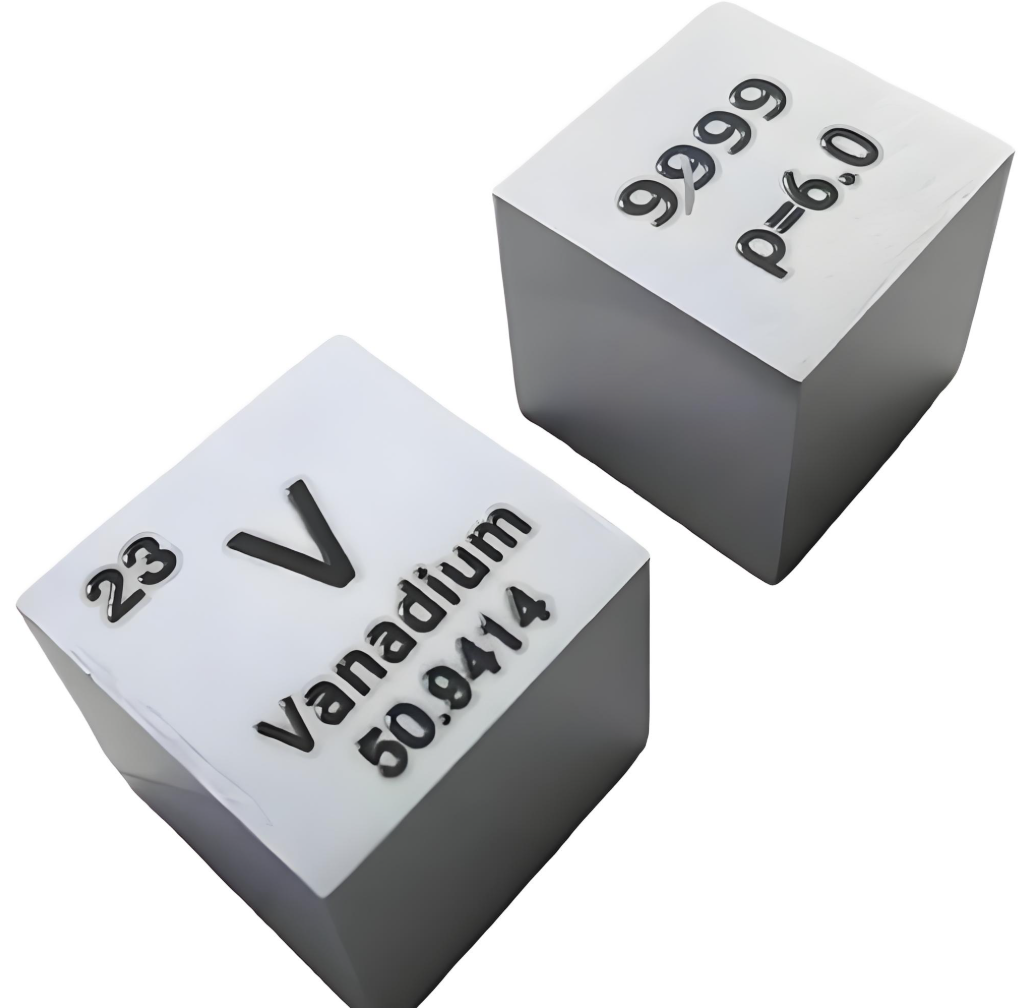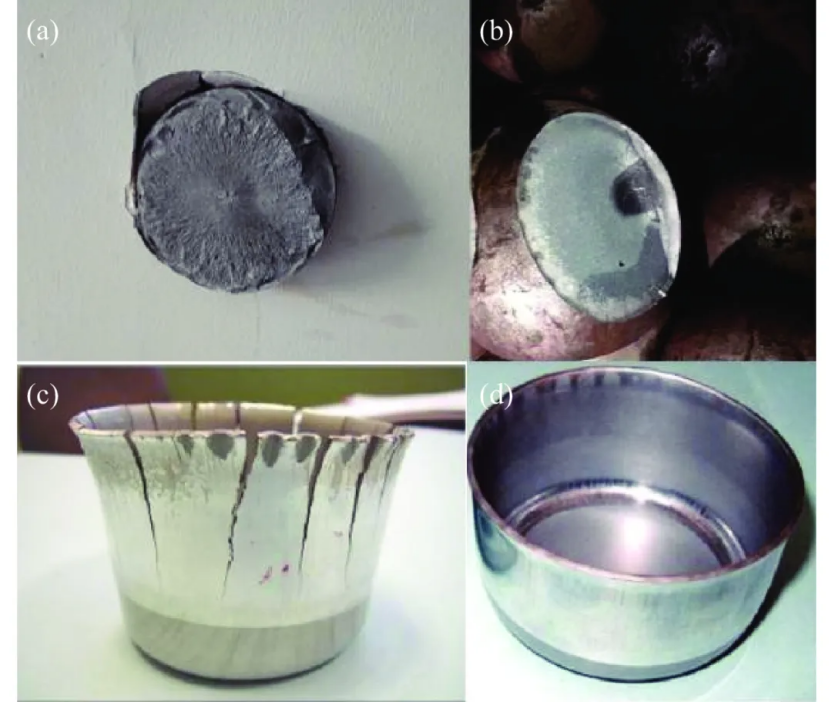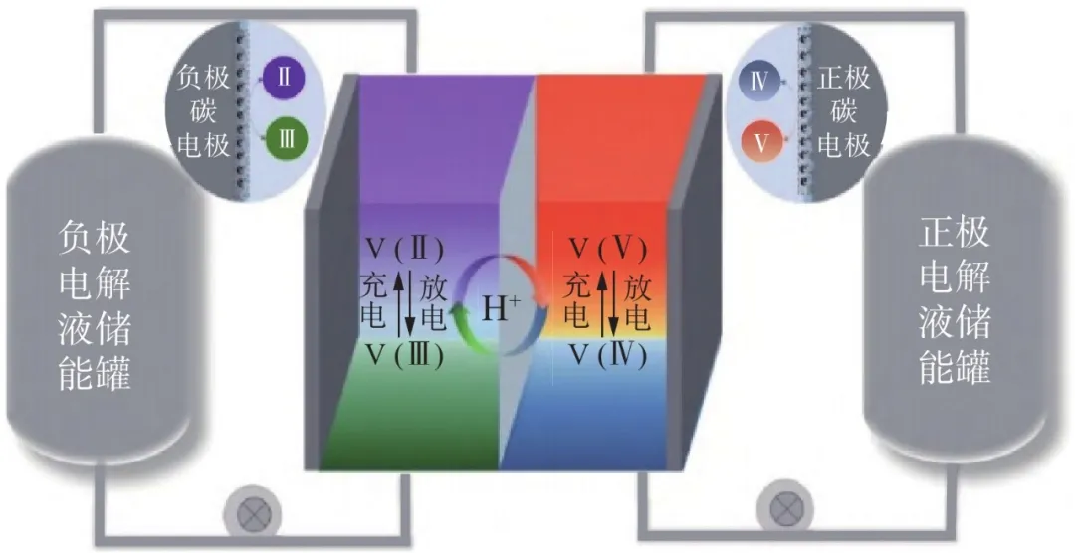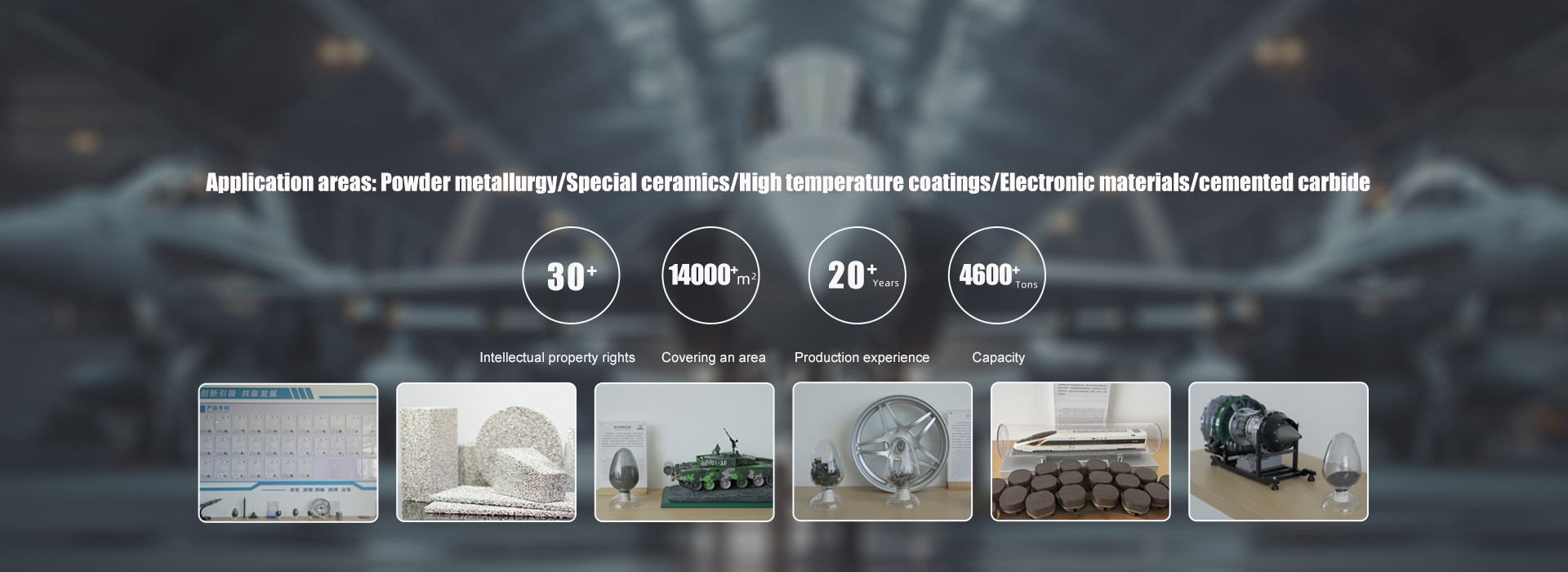
It has a wide range of applications in many national economic fields such as steel, non-ferrous metallurgy, chemical industry, electronics, energy storage, medicine, and aerospace. Humans have only known about vanadium for over 200 years. China is the world's largest country in terms of vanadium resource storage, production, and consumption. While achieving efficient utilization of vanadium resources, vanadium is playing an increasingly important role in the field of green energy. This article introduces the sources of vanadium, the applications of vanadium and vanadium alloys in the national economy, and briefly looks forward to the future development direction of vanadium technology. With the strategic concept of building a strong civil aviation country proposed by China and the implementation of a series of high-tech projects such as the "Chang'e Plan" and "Nuclear Power Plan", the application prospects of high-end vanadium based new materials will be very broad.
Vanadium is an essential trace element for human and other animals, and is an important rare metal element. Due to its important role in the industrial field, it is also known as the "metal vitamin", "modern industrial MSG", and "chemical bread". As human society enters the 21st century, global vanadium production (calculated as V2O5) has increased from 78700 tons in 2000 to 222600 tons in 2023, while vanadium consumption has increased from 69200 tons in 2000 to 200800 tons in 2023. Against the backdrop of "carbon neutrality" and "carbon reduction", vanadium has been widely used in energy-saving fields such as solar thermal conversion, new rare earth light sources, hydrogen storage metal materials, and all vanadium flow energy storage batteries. Vanadium has become a metal with green value and officially entered the sequence of green "energy" metals. Building an efficient conversion and utilization system for the entire energy "source storage use" chain is a necessary choice to promote high-speed, high-quality, and sustainable development in society. Vanadium will play an increasingly important role in the coordinated matching of the "source storage use" three aspects.
The sources of vanadium
1.1 Understanding Vanadium
Humans have only known about vanadium for over 200 years. In 1801, mineralogist Jerryva of Mexico City discovered an unknown red powder in vanadate lead ore, but further research mistakenly believed that the powder was a contaminated chromium ore. Until 1830, Swedish chemist Sefsstr ö m rediscovered vanadium in iron ore residue dissolved in acid. In 1869, British chemist Henry Rothko reduced vanadium dioxide with hydrogen gas, which was the first time that humans produced pure vanadium metal. Scientists knocked on the door several times and finally discovered vanadium, which is similar to the love story of the beautiful Greek goddess "Vanadis". Vanadium compounds are colorful and vibrant, so scientists gave it the name "Vanadis" after this beautiful goddess.
1.2 Difference between "Vanadium" and "Alum"
Even before the concept of high entropy ceramics was proposed, the diversified composition design of vanadium "and" alum "was not synonymous with the same sound. In daily life, people easily confuse them, but in fact, the two are completely different. Vanadium is a silver gray metal with high melting and boiling points, as well as non-magnetic and hard texture. Vanadium is located in the fifth subgroup of the fourth period in the periodic table and belongs to the first row of transition group metals. It exists in various valence states such as 0,+2,+3,+4, and+5 in nature. In ancient China, alum was written as "burnt", meaning a product obtained by burning, which is a sulfate hydrate with a glassy surface or luster. It is mainly divided into white alum (also known as alum), green alum (also known as green alum), yellow alum, and bile alum. In ancient times, it was mainly used for medicine, medicine, dyeing, water purification, food processing, and other purposes.
1.3 Distribution of Vanadium Resources
Vanadium is mainly found in vanadium titanium magnetite, phosphate rock, uranium bearing sandstone, and sandstone deposits in nature, and no independent vanadium mineral has been discovered to date. According to relevant statistical data, the total world vanadium reserves in 2022 amounted to 25.565 million tons, with China's vanadium reserves ranking first in the world, accounting for 37.2%. The distribution of vanadium reserves in various countries around the world is shown in Figure 1. Vanadium resources in China mainly exist in vanadium titanium magnetite and vanadium bearing stone coal. The main production areas of vanadium titanium magnetite resources in China are distributed in Sichuan and Hebei, while stone coal resources are mainly distributed in Shaanxi, Henan, Gansu, Hubei, Hunan and other places.
2.3 Energy storage "bank"
Vanadium Redox Battery (VRB), also known as Vanadium Redox Flow Battery, was first proposed by Skyllas Kazacos from Australia in 1985. The Dalian Institute of Chemical Physics, Chinese Academy of Sciences, began researching VRB in 2005. The vanadium battery energy storage system consists of positive and negative carbon electrodes, positive and negative electrolyte energy storage tanks, ion exchange membrane components, etc. The schematic diagram is shown in Figure 5. Vanadium batteries have the advantages of instant charging, high power, large capacity, and high safety, which can solve the needs of large-scale new energy generation and grid connection, reasonably configure energy storage systems, and meet the special requirements of energy storage batteries for the storage and conversion of large capacity electricity. Therefore, vanadium batteries have become the preferred choice in the fields of new energy storage, power grid peak regulation, backup power supply, etc., and are vividly referred to as energy storage "banks". According to the White Paper on the Development of China's Vanadium Battery Industry (2022), it is expected that the new scale of vanadium batteries will reach 2.3 GW by 2025 and 4.5 GW by 2030, with a new market size of approximately 40.5 billion yuan that year.

Figure 5 Schematic diagram of the structure of a vanadium redox flow battery
2.4 "Chemical Bread" - Vanadium based Catalysts
Catalysts refer to substances that do not participate in chemical reactions themselves, but can accelerate the progress of chemical reactions with their participation. The expensive platinum was the earliest catalyst used in industry. In 1900, German scientist Ein first discovered that vanadium could replace platinum in the production of sulfuric acid. Since then, vanadium salts have been widely used as "civilian" catalysts. Vanadium based catalysts are one of the most important oxidation catalysts in industry. The active components of commonly used vanadium based catalysts include various forms such as vanadium oxides, chlorides, and complexes. Vanadium based catalysts mainly composed of V2O5 are almost effective for all oxidation reactions. Vanadium based catalysts have been widely used in industrial fields such as sulfuric acid preparation, organic chemical raw material synthesis, flue gas desulfurization and denitrification, and environmental catalysis. Therefore, vanadium is also known as the "chemical bread".
2.5 Trace elements of life
Vanadium entered the field of life science research in 1876, and research has shown that vanadium is an essential trace element for humans and animals. Lack of vanadium can lead to growth and development disorders, increased mortality rates, splenomegaly, disrupted protein metabolism, and increased permeability of red blood cells. Modern medicine believes that vanadium has diverse biological functions and plays important roles in both glucose metabolism and cholesterol metabolism. Through in-depth study of the biological effect mechanism of vanadium, it is found that vanadium compounds also have anti-inflammatory and anti-cancer effects. Related drugs developed with high-purity V2O5 have been used to treat diabetes.
Conclusion: China is the world's largest country in terms of vanadium resource storage, production, and consumption. Vanadium has been widely used in fields such as steel and chemical engineering. However, the waste of vanadium resource extraction is serious, and the research and application of key technologies in high-precision technology fields such as vanadium aluminum alloys for aerospace are still very limited, especially in the large-scale industrialization of vanadium materials in non steel fields, which still needs to be improved. Under the "dual carbon" goal, developing the vanadium flow battery industry in the energy storage field has become a major direction for vanadium resource development. In the future, with technological breakthroughs in key materials, high-performance fuel cells, and large-scale energy storage system integration in China, the proposal of the strategic concept of building a strong civil aviation country, and the implementation of a series of high-tech projects such as the Chang'e Plan and nuclear power planning, the application prospects of high-end vanadium based new materials in high-tech and high industrial value fields such as aerospace equipment, marine engineering equipment, and new energy will be very broad.








